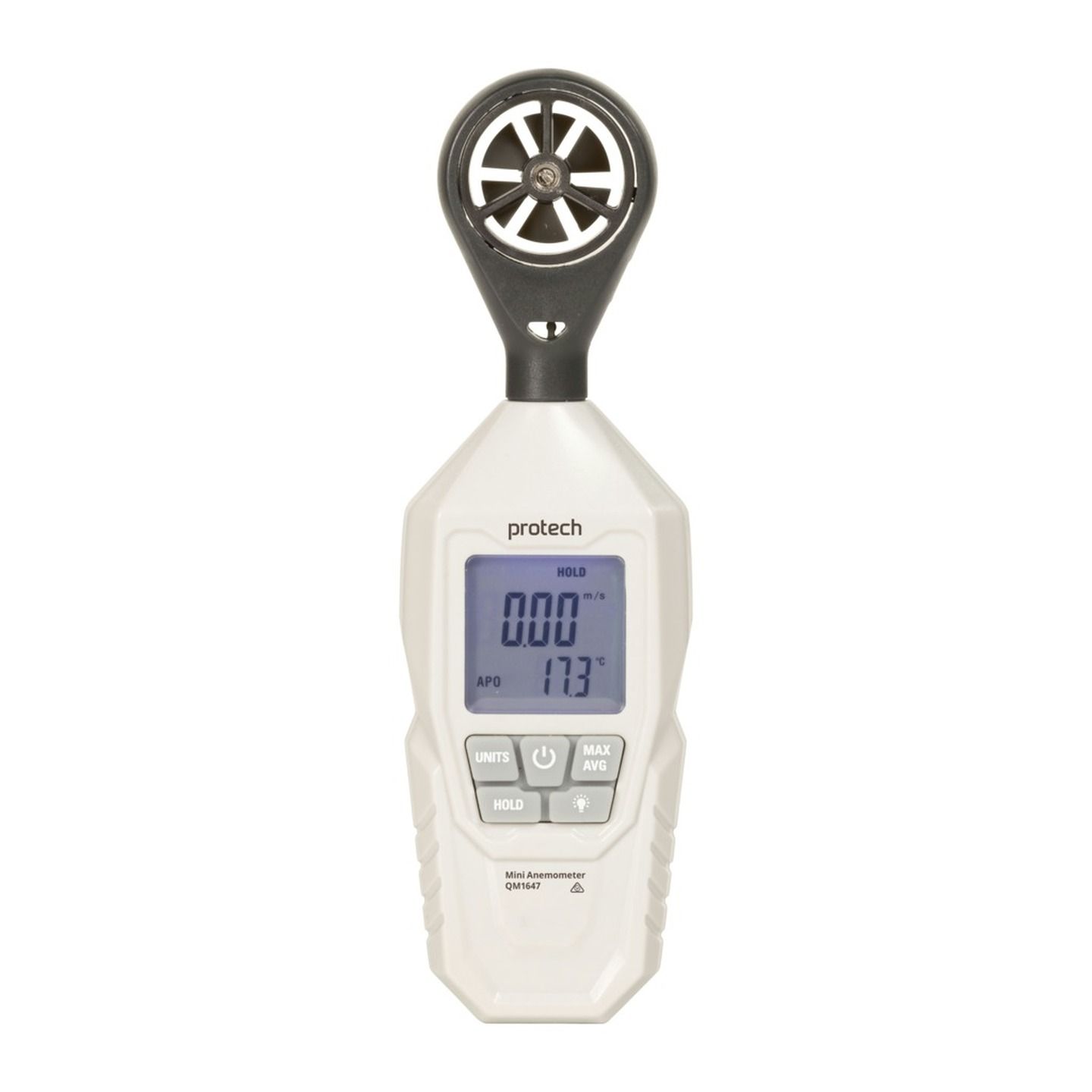How to Preserve and Care for Your Anemometer to Make Sure Longevity
How to Preserve and Care for Your Anemometer to Make Sure Longevity
Blog Article
All You Need to Find Out About Anemometers: Just How They Function, Why They Issue, and Where to Use Them
Anemometers, though commonly forgotten in the world of clinical tools, play an essential function in numerous areas, using valuable understandings into wind speed and airflow patterns. Comprehending the technicians behind these tools is essential for anybody seeking to harness the power of this data. From meteorologists tracking weather condition patterns to designers developing frameworks with wind lots in mind, the applications of anemometers are significant and diverse. As we look into the details of anemometer modern technology, we will certainly uncover the inner functions of these devices, their relevance, and the key considerations when choosing the best anemometer for certain applications.

Anemometer Fundamentals
A necessary instrument used to gauge wind rate and instructions, the anemometer plays a critical duty in weather forecasting and numerous markets. An anemometer generally consists of 3 or 4 mugs that revolve in the wind, a vane that points into the wind, and sensing units to track the rotations or motions.
There are various kinds of anemometers offered, consisting of mug anemometers, vane anemometers, hot-wire anemometers, and sonic anemometers, each with its one-of-a-kind functions and applications. Cup anemometers are typically made use of for fundamental wind rate dimensions, while vane anemometers are chosen for directional dimensions.
Principles of Anemometer Operation
Building on the fundamental understanding of anemometer fundamentals, the concepts of anemometer procedure clarify the mechanics behind wind speed and direction measurements. Anemometers operate on the principle of air flow influencing a sensing unit, causing it to turn. Cup anemometers, for circumstances, have 3 or more mugs that record the wind, creating them to spin faster as the wind rate boosts. The rotation rate is after that exchanged a wind speed measurement. Vane anemometers, on the other hand, utilize a tail or a probe that aligns itself with the wind instructions, providing a dimension of wind instructions based upon the alignment of the sensing unit. Hot-wire anemometers count on a warmed cord that cools as wind overlooks it, with the rate of cooling identifying the wind speed. Ultrasonic anemometers step wind speed and instructions by analyzing the moment it considers ultrasonic signals to take a trip between transducers. Comprehending these principles is essential for accurate and reputable wind dimensions in different applications.
Relevance of Anemometers
Anemometers play a crucial role in gauging wind rate and direction, offering necessary information for weather forecasting, environment studies, environmental monitoring, and aeronautics procedures. Meteorologists count on anemometers click over here now to collect precise wind information, assisting them recognize weather condition patterns, predict storms, and problem timely cautions to the public. Wind ranch operators use anemometers to analyze wind problems and maximize power production from wind generators.
Applications Throughout Numerous Industries
In the go to this website sustainable energy sector, anemometers play an important role in analyzing wind conditions for wind farm placements, making sure ideal power production. Industries like building and construction and mining use anemometers to monitor wind rates, crucial for safety and security procedures, especially when working at heights or in open-pit mines where solid winds can pose threats. In agriculture, anemometers assist farmers in other handling crop spraying by supplying real-time data on wind rate to stay clear of drift.

Selecting the Right Anemometer for Your Demands
For general functions, a mug anemometer is ideal for measuring wind speed, while a vane anemometer supplies wind direction information. Hot-wire anemometers are ideal for low airspeed dimensions, and ultrasonic anemometers supply high accuracy and resilience.

Conclusion
In final thought, anemometers play an essential function in determining wind rate and direction throughout various industries. Recognizing the concepts of anemometer operation is important for selecting the appropriate device for details demands. From weather forecasting to aeronautics, anemometers are essential tools for making certain and collecting precise information security in various applications. When selecting the most suitable gadget for measuring wind problems., it is vital to take into consideration the value of anemometers in order to make informed decisions.
There are various types of anemometers available, including mug anemometers, vane anemometers, hot-wire anemometers, and sonic anemometers, each with its unique functions and applications. Cup anemometers are commonly used for fundamental wind rate measurements, while vane anemometers are chosen for directional dimensions. Hot-wire anemometers are ideal for low airspeeds, and sonic anemometers are perfect for high-precision measurements in research and industrial setups.Building on the fundamental understanding of anemometer essentials, the concepts of anemometer operation clarify the auto mechanics behind wind rate and instructions measurements. For basic functions, a cup anemometer is ideal for measuring wind speed, while a vane anemometer supplies wind direction information.
Report this page